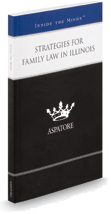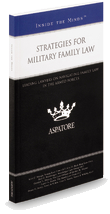On behalf of Stange Law Firm, PC on Friday, June 29, 2018.
If you were to use your local newsstand or your Facebook feed to learn about divorce, you would think there are exactly two ways a couple can approach the process:
- A knock-down, drag-out fight, where the goal is victory at all cost regardless of how much emotional and financial damage is inflicted
- A kumbaya celebration, where all issues are uncontested and the couples moves forward into a world where they still regularly hug despite their decision to end their marriage
In the real world you call home, things are not so black and white. While some issues may be worth litigating in court, most issues can be resolved in a more collaborative fashion. This allows couples to negotiate outcomes to the issues they disagree on while quickly moving forward on the issues where there is agreement. Mediation and collaborative law can save couples time and money while creating a much more hospitable environment for children.
How mediation works
In mediation, parties work with a neutral mediator (without attorneys) to facilitate an agreement. When agreement is reached, the mediator can put the agreement in writing so each parties’ attorney can file the settlement paperwork and obtain a judge’s approval. If an agreement cannot be reached, each party is free to pursue other methods of conflict resolution.
How collaborative divorce works
In collaborative divorce, each spouse hires a trained collaborative lawyer. The couple and their lawyers sit together to discuss areas of agreement and disagreement in hopes of reaching a divorce settlement both parties agree to. Collaborative divorce often involves seeking the advice of other professionals and subject matter experts such as divorce coaches, financial advisers, tax preparers, and psychologists.



